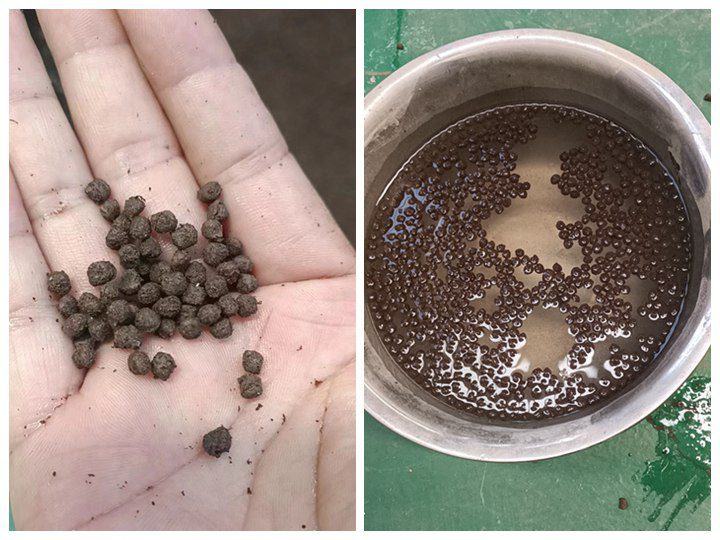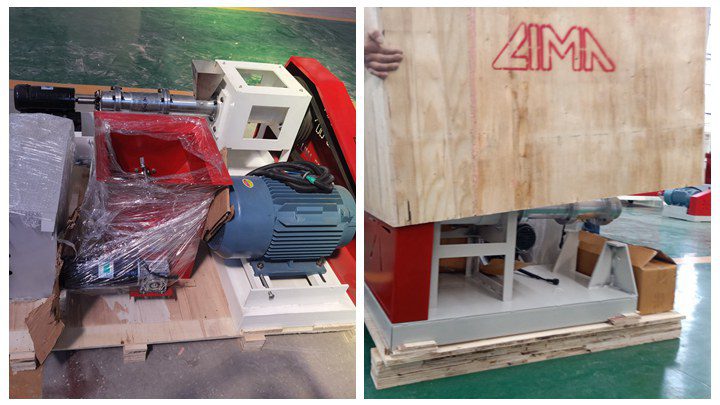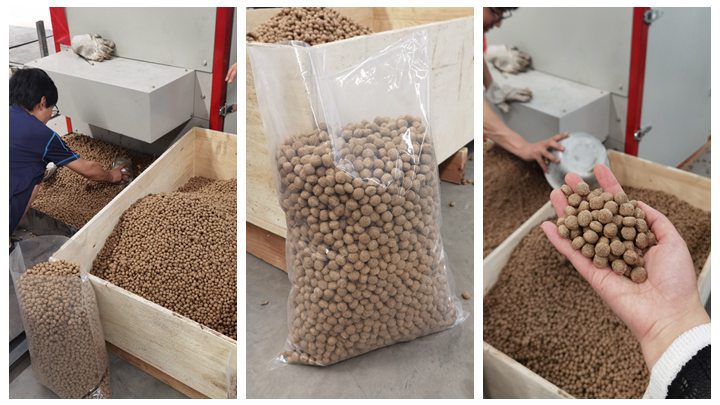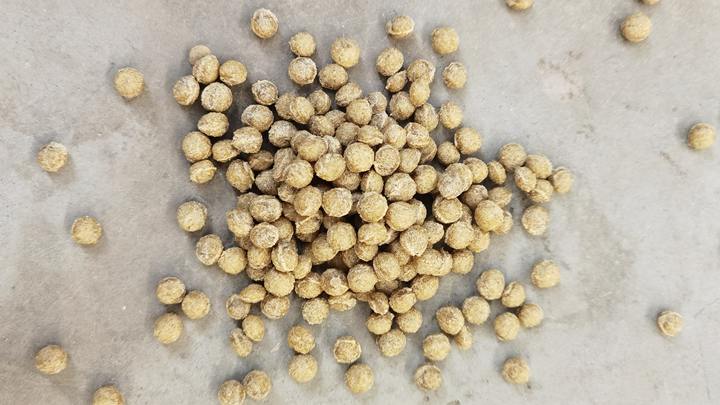During fish husbandry, fish feed cost accounts for over 60% in the whole fish husbandry cost. Compared with land creatures, fish owns a further special living environment – the water environment. Water would beget the nutrition loss of feed, adding cost. Except for furnishing high-performance fish feed fish- feed production line and submarine feed-making machine, LIMA Fish Feed Machinery is also committed to probing how to promote the utilization rate of fish feed, in order to save aquaculture costs and help grope growers get further gains.
Lima machinery has been in the fish feed pellet industry for nearly ten years, focusing on the production of fish food extruded pellet machines. In addition, our factory has dozens of different fish feed pellet production line solutions for customers to choose from. After continuous communication with customers, our feed pellet machine has received praise from customers, especially those in Africa and South Asia. If you have any questions, please feel free to contact us, our professional technicians are more than happy to help you.
Choose the best suitable feed pellet
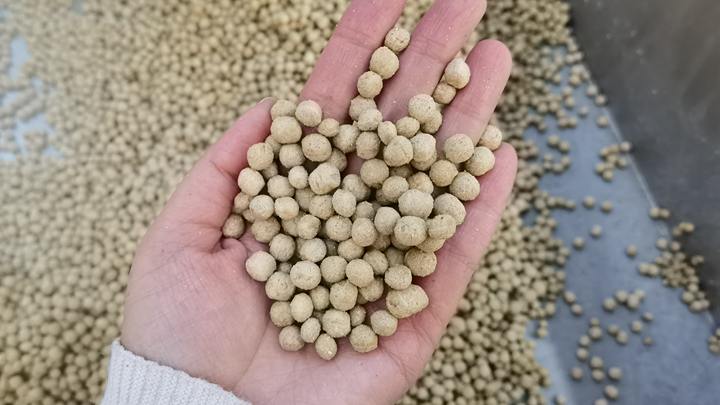
It’s important to adapt the size of the feedstuff particles to the mouth size of the fish to reduce feed losses and maximize feed utilization, Depending on the size of the fish, preparation may involve different processes. Remember that feed particle shouldn’t be finer than necessary, because with fine particles nutrients are more easily dissolved into the water;
Adding the frequency of supplementary feeding during the day
- Reducing food wastage;
- Reducing dissolved oxygen consumption and perfecting water quality;
- Reducing nutrient losses attributable to filtering, thereby perfecting food quality;
- Perfecting uniformity of fish sizes, giving further possibility for the less aggressive fish to feed;
- Perfecting fish growth and feed utilization.
Tips for fish feeding
- The smaller the fish, the more constantly they should be fed.
- Dry feeds need to be distributed more frequently than moist feeds.
- In any one feeding, no further than 3 percent of the total fish weight should be distributed.
- The feeding frequency should be reduced as the water temperature cools down, or if it exceeds optimum situations.
- The feeding frequency should be acclimated to the fish species. Tilapias do much better with small but frequent meals. On the contrary, trout larger than 50 g do well on one meal a day.
- The feeding cost should be checked to make sure it isn’t inordinate compared to the yields attained.
You should regularly check on the feed application to adjust feeding duly.
- Before feeding, check it there’s any feed left over from the former meal.
- During feeding, observe your fish precisely to see how actively they eat. A good appetite is a sign of good health and good water quality.
- Every 15 to 30 days, check on the new fish biomass present in the pond and adjust the diurnal feeding portion consequently. Check on feed application during the last 15- to 30- day period by calculating the food conversion rate for this period
- At the end of the product cycle, check on feed application by calculating the food conversion rate for this particular cycle. Base your computation on accurate records
Operational optimization is a never-ending process
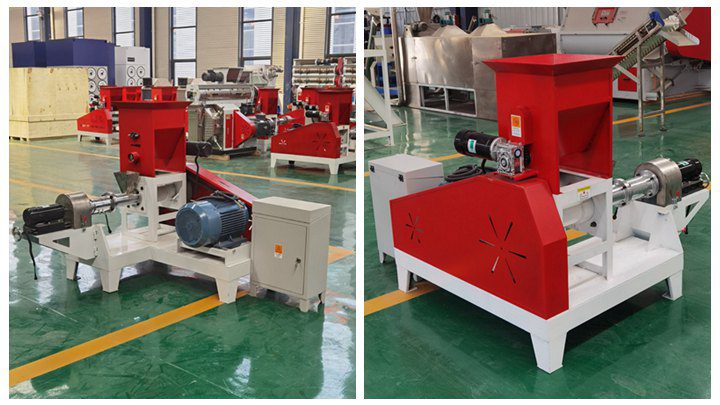
Common for all fish growers is that maximizing fish growth is pivotal for the economy. Each fish farmer has different options for optimization, but there will always be places in the operation that can be optimized. One just needs to take notice and be ready to make the necessary changes.

